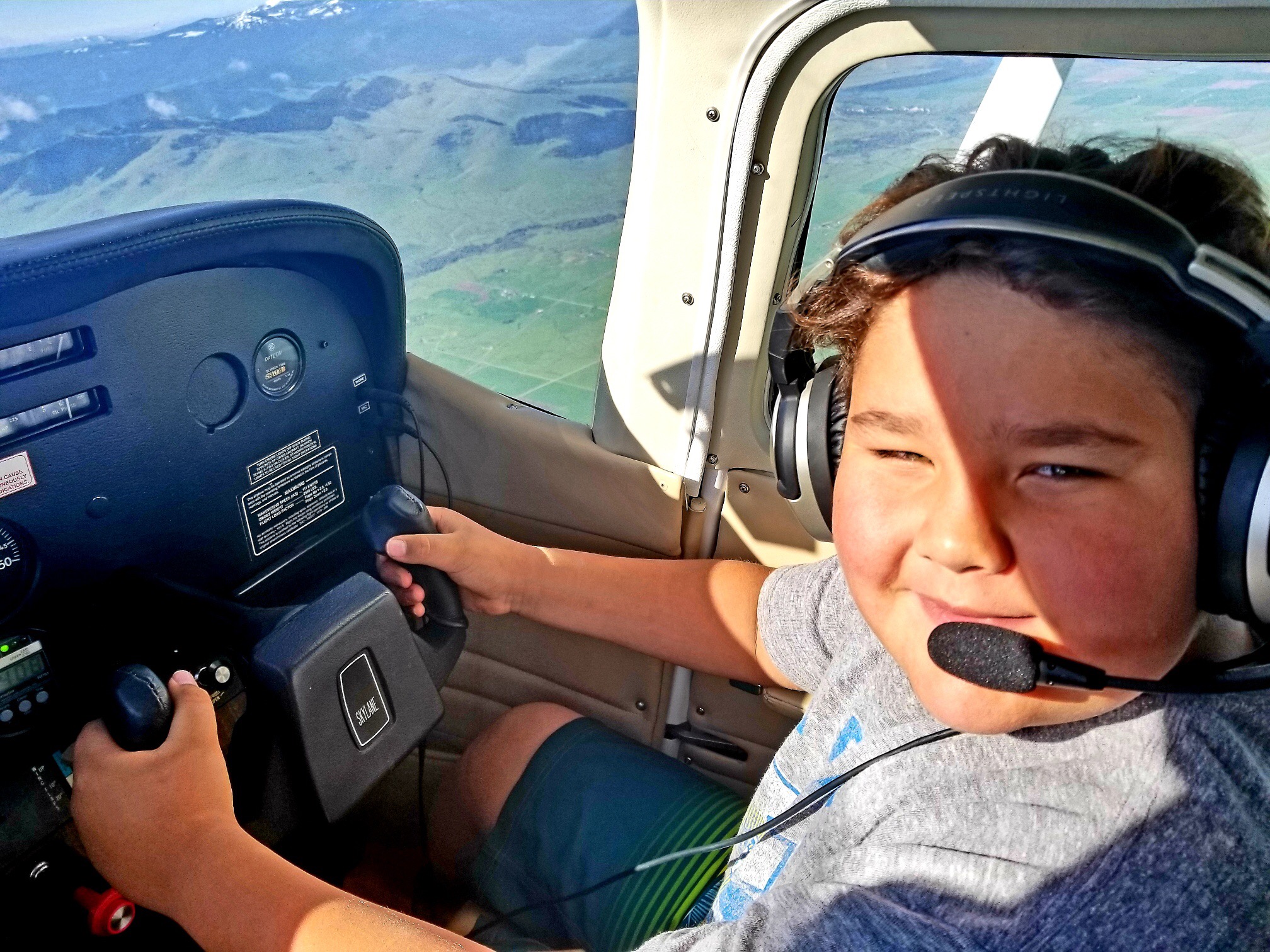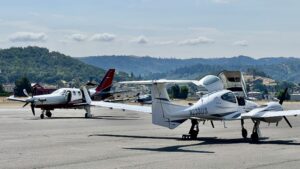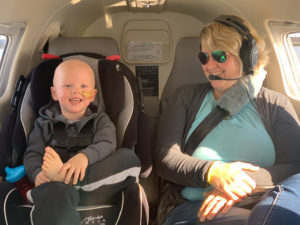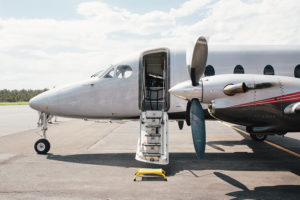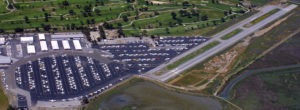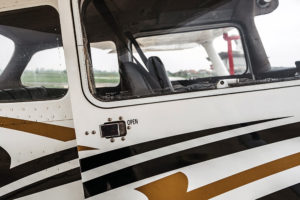My opinion of ATC has matured over my flying experience of over 45 years. Just like every new pilot, I was intimidated by talking on the radio and felt like ATC was the authority which must be obeyed. I’m not sure any instructor in my training taught me about the benefits and limitations of ATC. This Safety Article will provide you with suggestions on how to get the most utility from interacting with ATC.
Routine operations
Bottom line, ATC is a service provider to multiple customers and serves multiple functions. Obviously, their primary function is to facilitate the flow of traffic into and out of airports and enroute. They generally treat Angel Flights quite well. But let’s talk about how they can make your flights more convenient, provide you with assistance with minor and major issues and even critical emergencies.
I recommend VFR pilots use Flight Following when appropriate. You will be provided with traffic advisories, and you can request transitions through Class B or C or D airspace. It’s also possible to get clearances through Restricted Areas or Military Operating Areas if they’re cold. ATC will also notify you of precipitation on your route if the facility has weather radar.
For IFR flights, the most common convenience is to ask for a shortcut (usually direct from present position to a more distant waypoint than the one you’re navigating to). ATC will usually accommodate unless the shortcut would encroach on restricted airspace.
There will be times when you need to request altitude adjustments for reported turbulence or icing, and lateral deviations for weather. It’s better to ask early! It may take a little while for ATC to coordinate changes.
Regarding turbulence, controllers usually know the smoothest altitudes for their working areas based on reports from other aircraft. Normally aspirated piston aircraft may not have many altitude options since they’re closer to their service ceilings and minimum enroute altitudes.
Emergencies
Let’s say you have a more urgent issue, such as an anomalous engine reading or landing gear extension issue. Aviate, navigate, and then communicate – ask ATC for more time to figure out what’s going on and possibly execute an emergency checklist. That might mean delay vectors or if you need even more time, a hold. I recommend knowing how to set up a hold (published or unpublished) in your avionics and to let your autopilot fly while in the hold.
You may experience a problem that requires a diversion, either to a closer airport or one with better weather (the last thing you need is to shoot a tight approach when you’re also dealing with an aircraft issue). ATC can help you find a diversion airport that meets your needs if you let them know.
For more serious emergencies, Aviate, Navigate, then communicate the simplest way possible: “N1234, MAYDAY, MAYDAY, MAYDAY (e.g. engine failure)” or “N1234, PAN-PAN, PAN-PAN, PAN-PAN (e.g. a passenger needs medical attention soon)”. Either phrase will get everybody’s attention and usually clear the frequency for you to give ATC more information. Tell ATC what you want, and they will do everything they can to make it happen. You can also “declare an emergency”, but that doesn’t necessarily communicate your sense of urgency.
Pilots are frequently averse to declaring emergencies for fear of getting in trouble with the FAA or having to fill out a bunch of paperwork. But usually this is not true, and more importantly ATC will help you reduce risk. Far better to deal with potential paperwork than to be on your own dealing with an emergency.
Alexi Stavropoulos, my fellow AFW Safety Officer, wrote an excellent article last January about the benefits of generating NASA ASRS reports for any safety related issues. This of course includes any emergency you encounter, but also reporting mistakes (yours or ATC’s), and any safety or procedural problem you see. ASRS reports will generally keep you from FAA penalties, but they also benefit the aviation community.
ATC will always ask emergency aircraft for souls on board and fuel remaining (I think they prefer both time estimate and gallons or pounds). This information is necessary for fire and rescue personnel and can help ATC situational awareness. A good guess on fuel remaining is OK, and if you’re busy tell them to stand by. Depending on the type of emergency and pilot workload, you can ask the assisting Center or TRACON to report the latest ATIS weather and keep you on your existing frequency all the way to landing.
ATC can help you avoid or get out of bad weather, such as severe turbulence, icing, or heavy precipitation. For these situations the sooner you ask the better, but you can always exercise your pilot authority to act immediately and report later.
If you experience engine failure, fire of any kind, or rapid depressurization, your action must be immediate. Only talk to ATC after you’re done with the immediate actions and are stable enough. If you find yourself having to land off airport, you should notify ATC and tell them your approximate location so they can notify first responders.
There are times when ATC will provide instructions you can’t (or shouldn’t) act on. A simple “Unable” and a short reason will suffice to cancel or modify said instruction, and then you can negotiate a reasonable alternative.
Although ATC’s primary function is to expedite the safe flow of traffic, they are there to help you when you want or need it. Pilots and controllers are partners in aviation safety!
I hope you found these suggestions useful.
Blue skies and tailwinds!
Bruce Poulton
Angel Flight West Safety Officer


